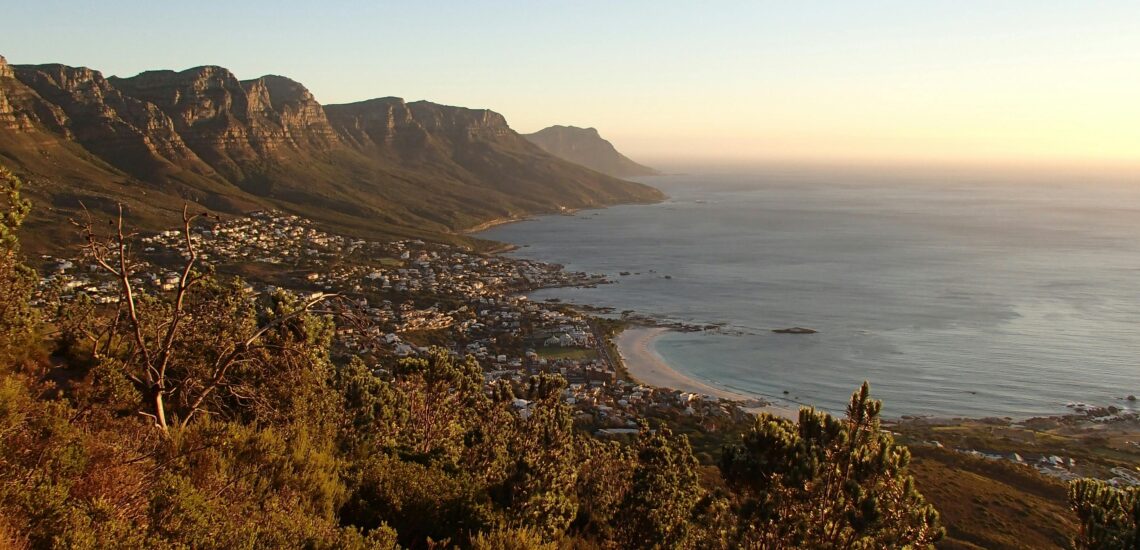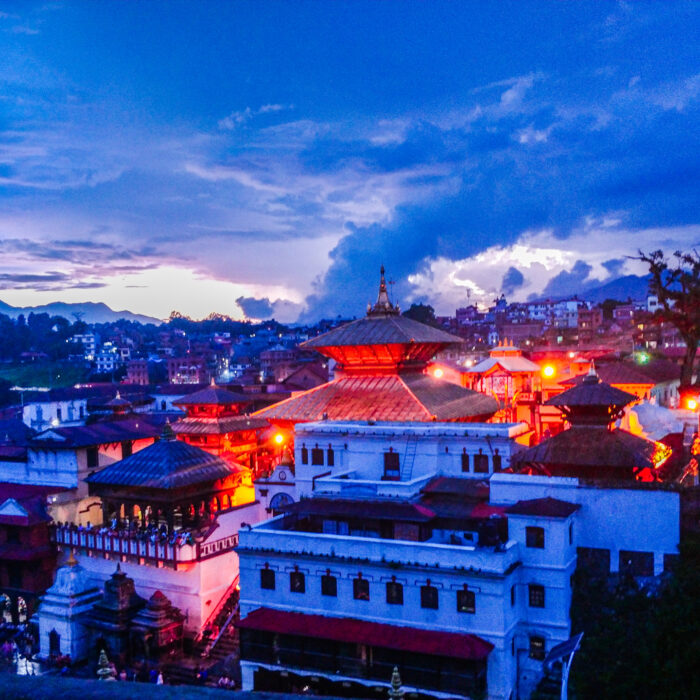Quick facts about South Africa:
- Population: Approximately 60 million people.
- Capital: South Africa has three capitals – Pretoria (executive), Bloemfontein (judicial), and Cape Town (legislative).
- Largest City: Johannesburg.
- Official Languages: South Africa has 11 official languages, including English, Afrikaans, Zulu, Xhosa, and Sesotho.
- Currency: South African Rand (ZAR).
- Government: Unitary parliamentary republic.
- Major Religions: Christianity is the dominant religion, with indigenous beliefs and other religions such as Islam, Hinduism, and Judaism also practiced.
- Geography: Located at the southern tip of Africa, bordered by Namibia, Botswana, Zimbabwe, Mozambique, and Eswatini (Swaziland). South Africa also encloses the independent kingdom of Lesotho. The country features diverse landscapes, including savannas, mountains, forests, and coasts along both the Atlantic and Indian Oceans.
Fact 1: South Africa is a popular safari destination
Its rich biodiversity, well-developed infrastructure, and variety of game reserves make it one of the leading locations for wildlife experiences.
Visitors to South Africa can explore renowned national parks, such as Kruger National Park, where they can encounter the “Big Five” (lion, leopard, rhinoceros, elephant, and buffalo) alongside numerous other species. The country’s blend of modern tourist facilities and diverse ecosystems allows for both luxury safaris and more rugged, adventurous experiences. South Africa’s commitment to conservation and sustainable tourism further enhances its appeal as a premier destination for those seeking close encounters with Africa’s wildlife in their natural habitats.

Fact 2: As a former British colony, they drive on the left side here
This practice was established during the period of British rule and has remained in place since the country gained independence. Many countries in Southern Africa, including Zimbabwe and Zambia, also follow this system, reflecting the historical influence of British colonialism in the region.
Driving on the left side is one of the enduring legacies of British governance, and it plays a key role in the region’s road safety and transportation standards. Visitors to South Africa are often reminded to be mindful of this difference, especially those coming from countries where driving is on the right side.
Note: If you are planning to travel independently in this country, check if you need an International Driving Permit in South Africa to rent and drive a car.
Fact 3: South Africa has as many as 9 UNESCO World Heritage Sites
These sites range from natural wonders to places of significant cultural heritage, showcasing the country’s deep historical roots and environmental importance:
- Robben Island (1999):
Located off the coast of Cape Town, Robben Island is where Nelson Mandela was imprisoned for 18 of his 27 years. It symbolizes the struggle against apartheid and has served as a prison since the 17th century, holding political prisoners, lepers, and others. Today, it stands as a powerful reminder of South Africa’s journey to freedom and democracy. - iSimangaliso Wetland Park (1999):
This vast wetland area, situated on the northeast coast of South Africa, boasts a remarkable diversity of ecosystems, including swamps, coral reefs, and savannah. iSimangaliso is home to a wide array of wildlife, including hippos, crocodiles, and hundreds of bird species, making it a key destination for biodiversity conservation. - Cradle of Humankind (1999):
Located northwest of Johannesburg, this site contains one of the richest concentrations of early human fossils, including remains that are over 3 million years old. It has been crucial in understanding human evolution, with discoveries of Australopithecus and other hominids. - uKhahlamba Drakensberg Park (2000):
Situated in the Drakensberg Mountains, this park is both a natural and cultural World Heritage Site. It features dramatic mountain landscapes, rich biodiversity, and over 35,000 examples of San rock art. The park is also important for its endemic and endangered species. - Mapungubwe Cultural Landscape (2003):
Once the heart of southern Africa’s most significant pre-colonial kingdom, Mapungubwe thrived between the 9th and 14th centuries. The site contains the ruins of the royal capital and showcases early examples of trade with the Indian Ocean world, as well as impressive artifacts like the famous golden rhinoceros. - Cape Floral Region (2004, expanded in 2015):
This region is one of the world’s biodiversity hotspots, containing nearly 20% of Africa’s flora. It covers about 90,000 square kilometers and hosts thousands of plant species, many of which are endemic to the region. The area is vital for global plant conservation efforts. - Vredefort Dome (2005):
The Vredefort Dome, located about 120 kilometers southwest of Johannesburg, is the world’s largest and oldest visible impact crater, created by a meteorite strike about 2 billion years ago. The site gives geologists a unique opportunity to study the Earth’s history and the effects of such massive impacts. - Richtersveld Cultural and Botanical Landscape (2007):
This semi-desert region in the northwest of South Africa is inhabited by the Nama people, who maintain a nomadic pastoralist lifestyle. The site is recognized for its cultural traditions and unique desert flora, particularly the community’s deep knowledge of managing this harsh environment. - Barberton Makhonjwa Mountains (2018):
The Barberton Makhonjwa Mountains in Mpumalanga are considered some of the oldest exposed rocks on Earth, with formations dating back 3.6 billion years. These rocks offer invaluable insights into early Earth’s history, including the origins of life and the development of the planet’s atmosphere and oceans.
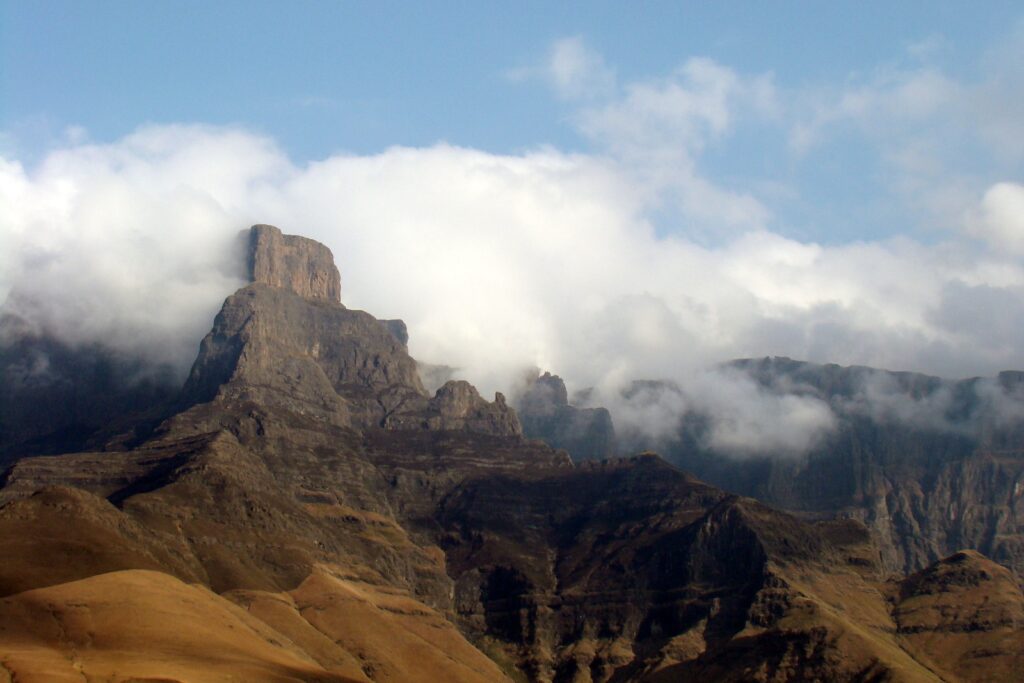
Fact 4: South Africa is the cradle of humanity and a paleontologist’s paradise
South Africa is often referred to as the cradle of humanity due to the remarkable fossil discoveries in areas such as the Cradle of Humankind, a UNESCO World Heritage Site. This region, located northwest of Johannesburg, has yielded some of the oldest and most significant early human fossils, offering crucial insights into human evolution. Fossils of ancient hominids like Australopithecus and early Homo species have been found in its limestone caves, dating back millions of years.
For paleontologists, South Africa is a paradise because it offers a rich and varied record of life from different geological periods. The country’s fossil-rich sites, including areas like the Karoo Basin, have produced not only early human remains but also ancient vertebrates and plant fossils from hundreds of millions of years ago.
Fact 5: South Africa is a major wine producer
South Africa is one of the world’s major wine producers, known for its high-quality wines and long winemaking tradition that dates back to the 17th century. The country’s wine industry is concentrated primarily in the Western Cape region, which offers ideal conditions for viticulture due to its Mediterranean climate and diverse soils.
South Africa is renowned for producing a wide variety of wines, with popular grape varieties including Chenin Blanc, Sauvignon Blanc, and Cabernet Sauvignon. Among its signature contributions to the global wine industry is the unique Pinotage, a cross between Pinot Noir and Cinsault, which was developed in the country. The wine industry plays a crucial role in South Africa’s economy, contributing significantly to exports and tourism, particularly in regions like Stellenbosch and Franschhoek, which are internationally recognized for their vineyards and wine estates.
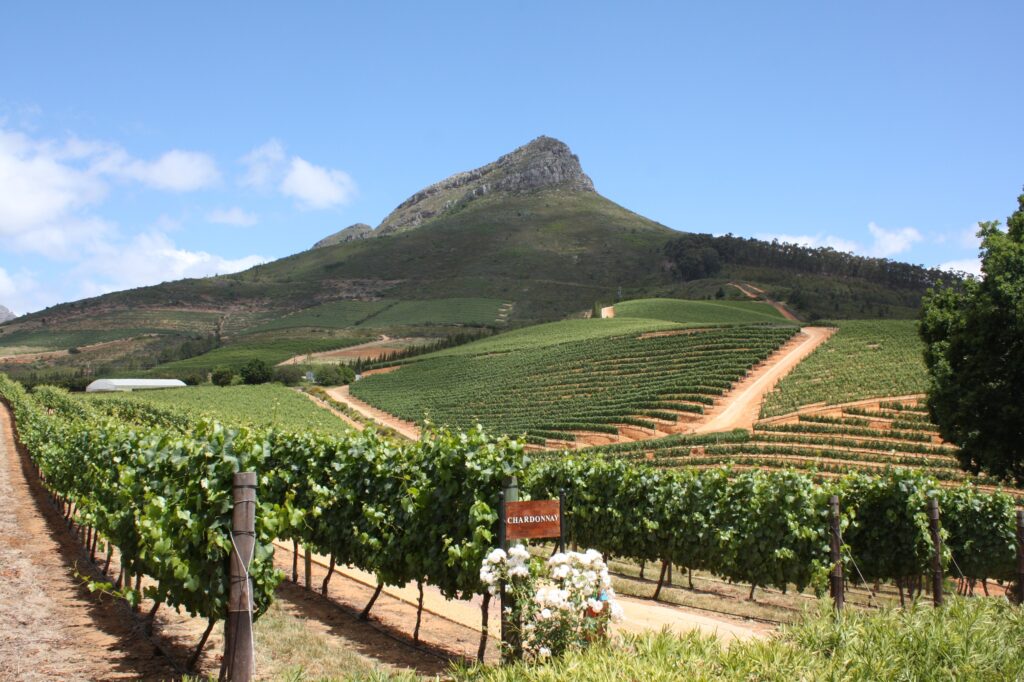
Fact 6: Table Mountain is one of the oldest on earth
Table Mountain, situated in Cape Town, South Africa, is one of the oldest mountains on Earth, with a geological history spanning approximately 600 million years. This ancient mountain is primarily composed of sandstone, deposited during the Cambrian period, and has been shaped by millions of years of tectonic activity, erosion, and weathering. Its iconic flat-topped profile results from the gradual wearing down of its once higher peaks, leaving behind the distinctive plateau we see today.
In addition to its geological significance, Table Mountain holds great cultural and natural importance. It is a major symbol of Cape Town and a prominent tourist attraction, offering breathtaking views of the city, the Atlantic Ocean, and the surrounding landscapes.
Fact 7: The coasts of South Africa are a great place to observe ocean migrations
The coasts of South Africa offer exceptional opportunities for observing ocean migrations, making it a prime location for marine wildlife enthusiasts. The country’s extensive coastline, stretching over 2,500 kilometers, provides access to several key migratory routes used by various marine species.
One of the most renowned migration events is the annual migration of southern right whales, which visit South Africa’s coastal waters between June and October. These whales travel from their feeding grounds in the Antarctic to breed and calve in the warmer waters along the South African coast, particularly around Hermanus and the Western Cape. The area is famous for its whale-watching opportunities, with numerous tours offering close encounters with these majestic creatures.
Additionally, South Africa’s coastlines are significant for observing the migration of other marine species, including sharks, dolphins, and sea turtles. The sardine run, occurring between May and July, is another spectacular migration event where billions of sardines move up the coast, attracting a variety of predators and offering a dramatic display of marine life. This rich diversity of migratory events makes South Africa a top destination for marine wildlife observation.
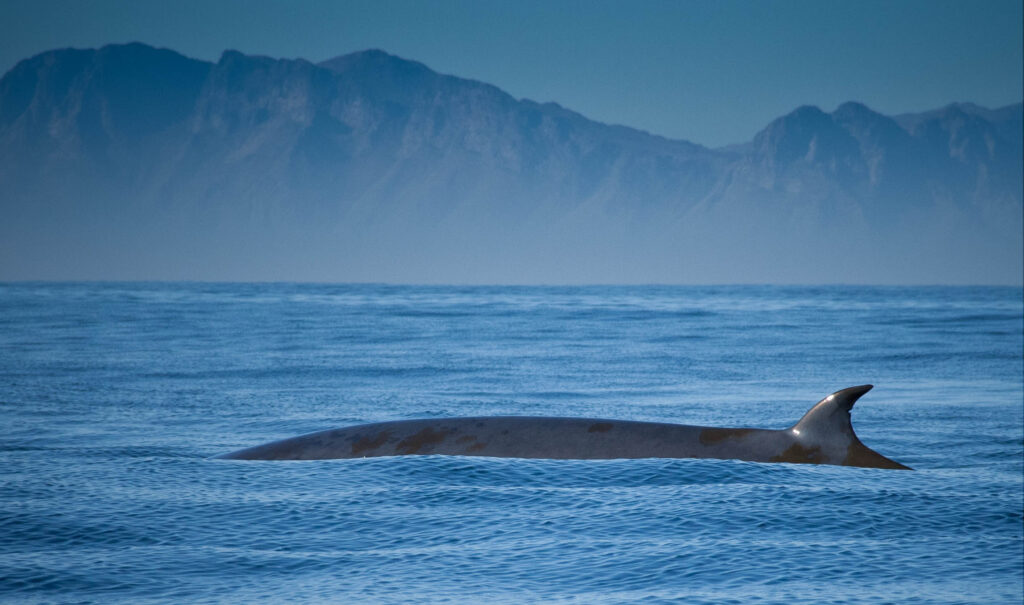
Fact 8: After colonialism, the white minority took power in the country
After the end of colonial rule in South Africa, the white minority established a system of governance that was deeply rooted in racial segregation and discrimination. This period, known as apartheid, began in 1948 when the National Party, representing the interests of the white minority, came to power.
Apartheid Era: The apartheid regime implemented a series of laws and policies designed to enforce racial segregation and maintain white minority control over the country’s political, economic, and social systems. Non-white South Africans faced systemic discrimination and were subjected to severe restrictions on their rights and freedoms. This included the enforcement of separate facilities, restricted movement, and limited access to quality education and employment.
Transition to Democracy: The apartheid system faced growing resistance both domestically and internationally. By the 1980s, internal unrest and international pressure led to negotiations for a peaceful transition to democracy. In 1994, South Africa held its first multiracial elections, leading to the election of Nelson Mandela as the country’s first Black president and the official end of apartheid. This marked the beginning of a new era focused on reconciliation and rebuilding a more inclusive and democratic society.
Fact 9: The springbok is the national animal in South Africa
The springbok is the national animal of South Africa and holds significant cultural and symbolic value for the country. This elegant antelope is known for its distinctive leaping behavior, where it performs high, bounding jumps that are thought to be a display of strength or a strategy to evade predators.
The springbok’s light brown coat, with its white underbelly and characteristic dark stripe, makes it a recognizable and iconic part of South Africa’s wildlife. It also features prominently in the country’s national symbols, including the coat of arms and the emblem of the South African Rugby Union.

Fact 10: South Africa is the first African country to allow same-sex marriage
South Africa is the first African country to legalize same-sex marriage. The landmark decision came with the passage of the Civil Union Act in 2006, which allows same-sex couples to marry and enjoy the same legal rights and recognition as heterosexual couples.
This significant legislative change marked a progressive step in South Africa’s approach to LGBTQ+ rights, reflecting the country’s commitment to equality and human rights. The legalization of same-sex marriage in South Africa was a historic moment, setting a precedent for other African nations and showcasing the country’s role as a leader in LGBTQ+ rights on the continent.

Published September 15, 2024 • 10m to read

